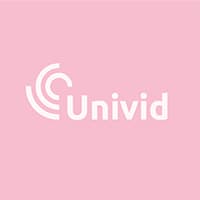Why you should remember to evaluate your webinar - and how to manage your KPIs
So you’ve had your webinar and it was a resounding success. Or, so you think. Until you do the evaluation work afterwards, you won’t fully know how well your webinar went or the impact it had, even if, in your eyes, everything seemed to go smoothly. In this article, we explain why following up your webinar with an evaluation is a step not to be skipped! Also, it will assist in how you can manage your KPIs, in order to measure what really matters.
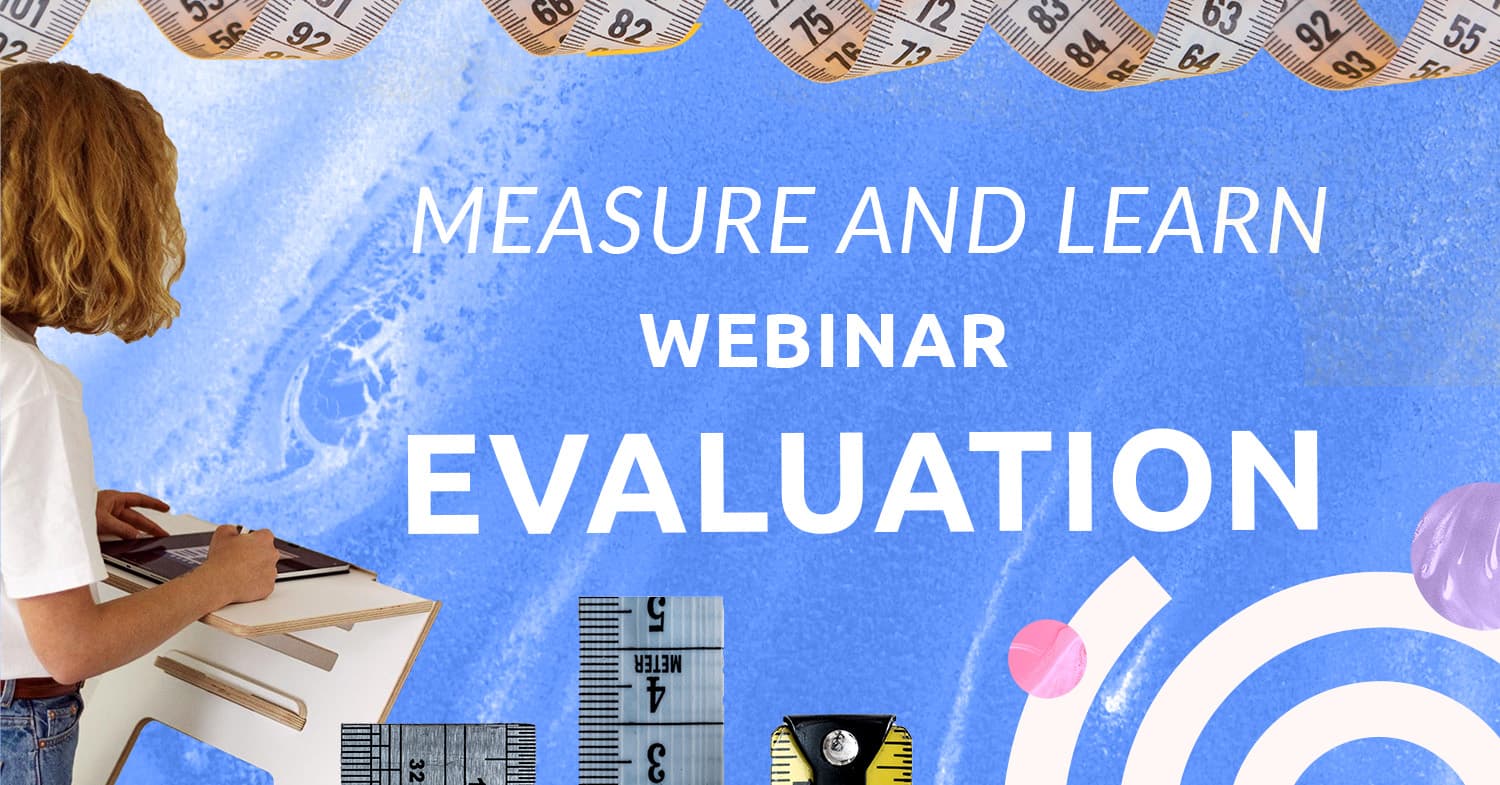
Contents
What is an evaluation?
Evaluation is a process that critically examines something, by collecting and analyzing information about a program or event or experiment’s activities, characteristics, and outcomes.
Its purpose is to decide whether a programme is good or not, improve its effectiveness, and/or to inform future decisions.
It is important to periodically assess and adapt your webinars to ensure they are as effective as they can be. Evaluation can help you identify areas for improvement and help you realize your goals more efficiently, as well as demonstrate the impact your webinar had on your overall goals.
Evaluation enables you to demonstrate your brand’s success or progress. The information you collect allows you to better communicate your impact to others, which is vital for public relations, employee morale and attracting and retaining support from current and potential clients/customers.
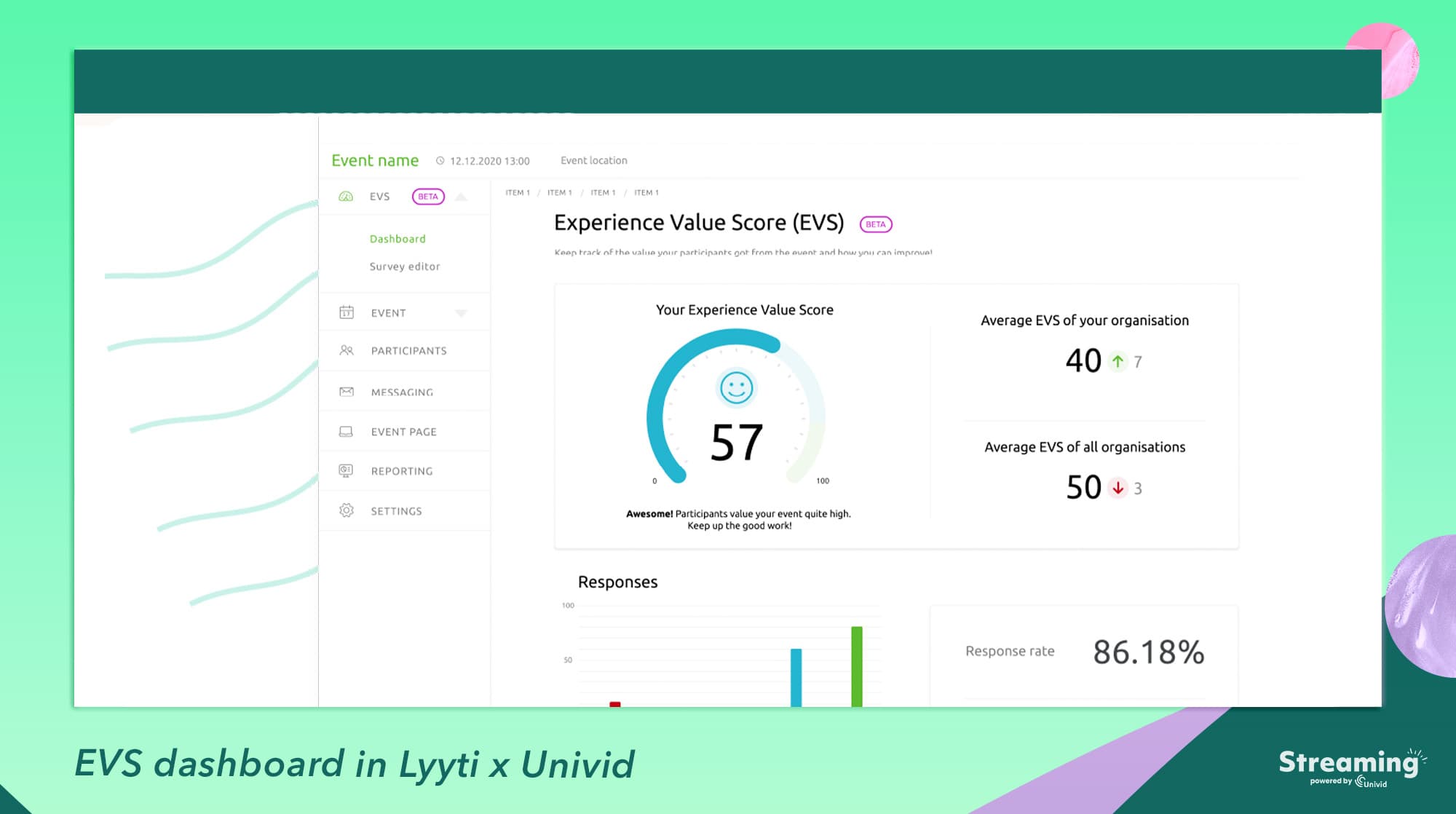
Types of evaluation - how to get structure
You may not know it, but there are three types of evaluations of webinars:
1. Process Evaluation
Process evaluation is used to measure the impact of your webinar, the process of hosting, and who it is reaching. Process evaluation will help you answer questions such as:
Did the webinar reach the target group?
Are participants and other key stakeholders satisfied with all aspects of the webinar
Was the webinar and key information you wanted to get across implemented as intended? If not, why?
What if any changes have been made to intended activities?
Are all materials, information and presentations suitable for the target audience during the webinar and online for them to access afterwards?
2. Impact Evaluation
Impact evaluation is used to measure the immediate effect of the webinar and is aligned with the webinar’s objectives. Impact evaluation measures how well the objectives have been achieved.
Impact evaluation will help you answer questions such as:
How well has the webinar achieved its objectives?
How well have the desired short term changes been achieved?
Impact evaluation measures the webinar effectiveness immediately after the event.
3. Outcome evaluation
Outcome evaluation is concerned with the long term effects of your webinar and can be used to measure your overall goals, and how well this was achieved.
Outcome evaluation will help you answer questions such as:
Has the overall goal been achieved?
What, if any factors outside the webinar have contributed or hindered your desired outcome?
What, if any unintended change has occurred as a result of the webinar?
Why is it important to do an evaluation of your webinar?
Whether your brand hosts live product demos, training sessions, or lead-generating webinars, you may find yourself, in the post webinar haze, wondering whether your efforts were successful.
An evaluation can mean looking at your webinar analytics to determine how successful your webinar series was, your audience’s engagement level, and whether or not your marketing efforts paid off. Post webinar, this data allows you to see the big picture of your virtual event’s impact. You can easily see how engaging your webinar was and how it compared to your previous events.
Undertaking post-evaluation such as a survey can do many things which will further your brand, from revealing what your weak points are and areas to work on, to feedback on the host, the guest speakers, quality of the recording etc.
You can also get inspiration for future webinar topics. Most importantly, since these ideas come from the participants, you have the advantage to know what topics that interest them, making it possible for you to achieve higher attendance rate and greater commitment. It will also make it easier for you to reach new customers suggestions from those already interested in your brand can be used as generations for other, potential leads.
Alongside all of this valuable data on the evaluation of your event, you also indirectly collect a database of people that you can add to your marketing list, without any additional effort or cost.
By sending the same evaluation questionnaire to all participants after each webinar, you will easily observe upward or downward trends.
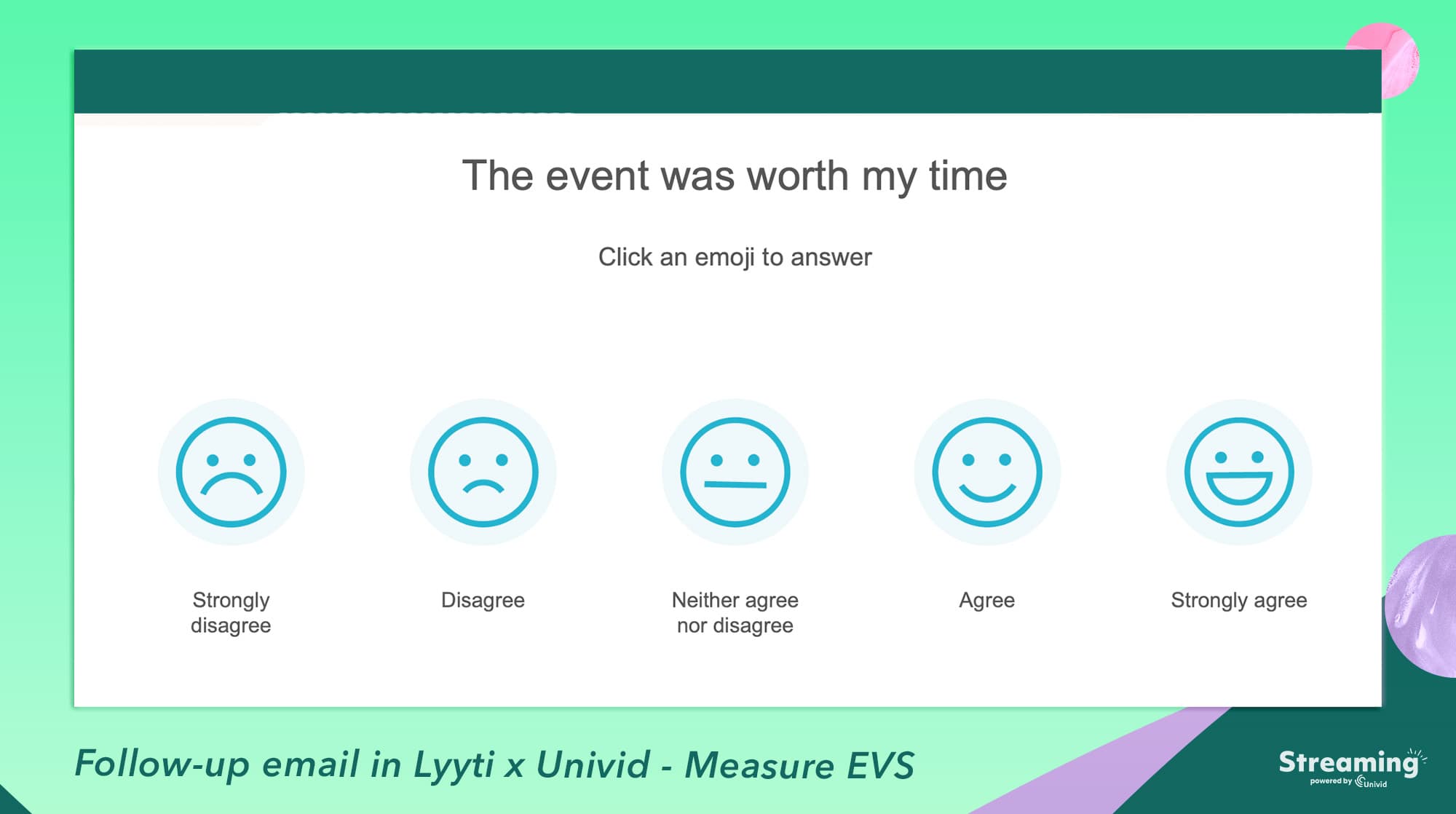
Managing your KPI:s - measure what matters
You have a set of KPI:s and it is important you select a few key metrics to focus on. You want to make sure you measure what matters most to you. These should generally be reflective of the outcome or impact you are looking for. When it comes to webinars, conversion rates are common metrics. Keep in mind that the better process related KPIs you achieve, the better ROI your outcome KPIs will reflect.
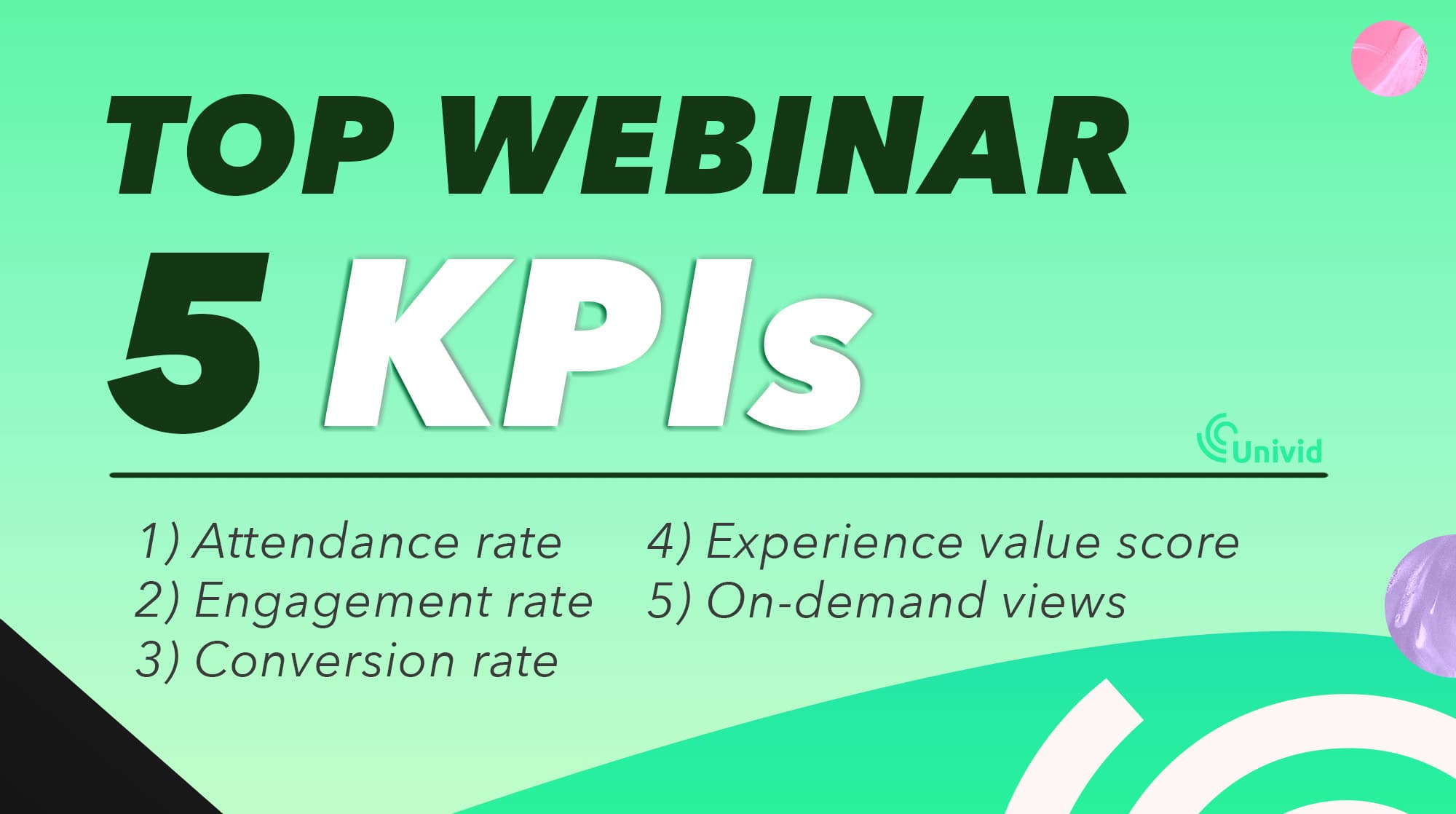
Process related KPI:s
You could also have a set of meta KPI:s that are related to measuring the process of the webinar, but that is probably overkill at this stage. Some examples of process related KPI:s for you webinar ninjas out there wanting to measure everything are:
time spent planning the webinar
time spent setting up and designing the webinar
will guest speakers recommend (NPS)
time to on-demand link being sent out
number of reminders sent
marketing budget spend
But remember here - key is to stay focused!
Outcome or impact related KPI:s
Highly relevant and probably more essential KPI:s for outcome or impact of a webinar could be:
clicks on call-to-action button
number of signups
number of attendees
average watch time
number of questions or comments
number of booked demos
NPS score related to webinar
Well there are a ton of relevant metrics - but choose a few, suggested 3-5, that you feel are related to your specific goals and what you want to achieve with your webinar. In that way, you can also consistently have time to measure these over several webinars - so you can draw conclusions and monitor improvements over time. As you go, you may include more KPI:s and go further into details. Want to learn more? Check out the top 5 webinar KPIs.
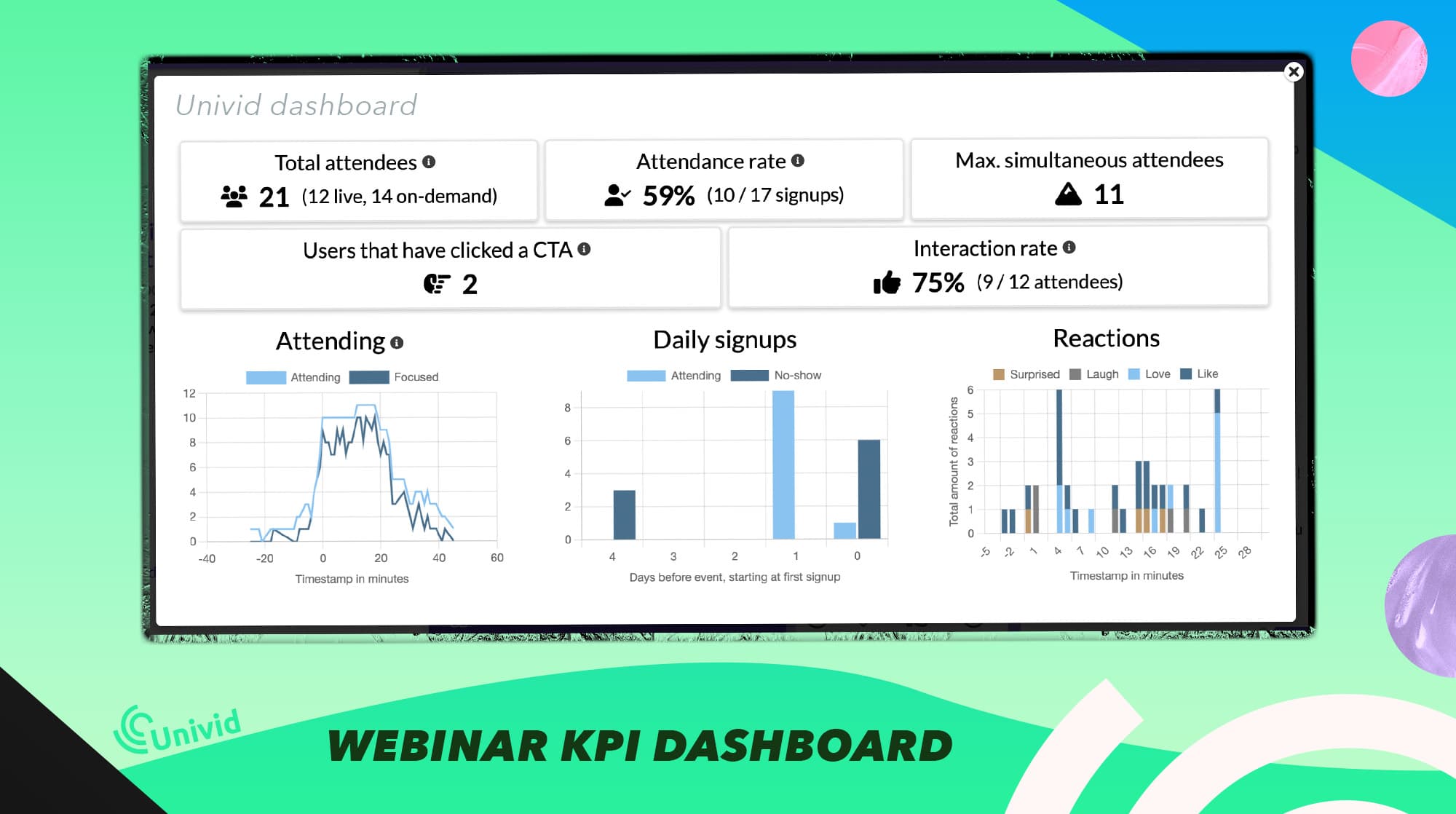
It is also super helpful if you have a webinar platform to do a lot of this work for you, and that supports automated analytics in real-time (psst.. like Univid).
Conclusion
As you can see, it is critical, if you want to learn and grow as a brand, to undertake an evaluation of your webinar afterwards, in order to find out what is/isn’t working, and how to improve, and much more. Also, make sure you measure the right things, and do not start off by measuring too many things. Stay focused on your core KPI:s and expand as you go!
Get started todayJoin over 70,000 users and create unique webinars with Univid.Show me a demo